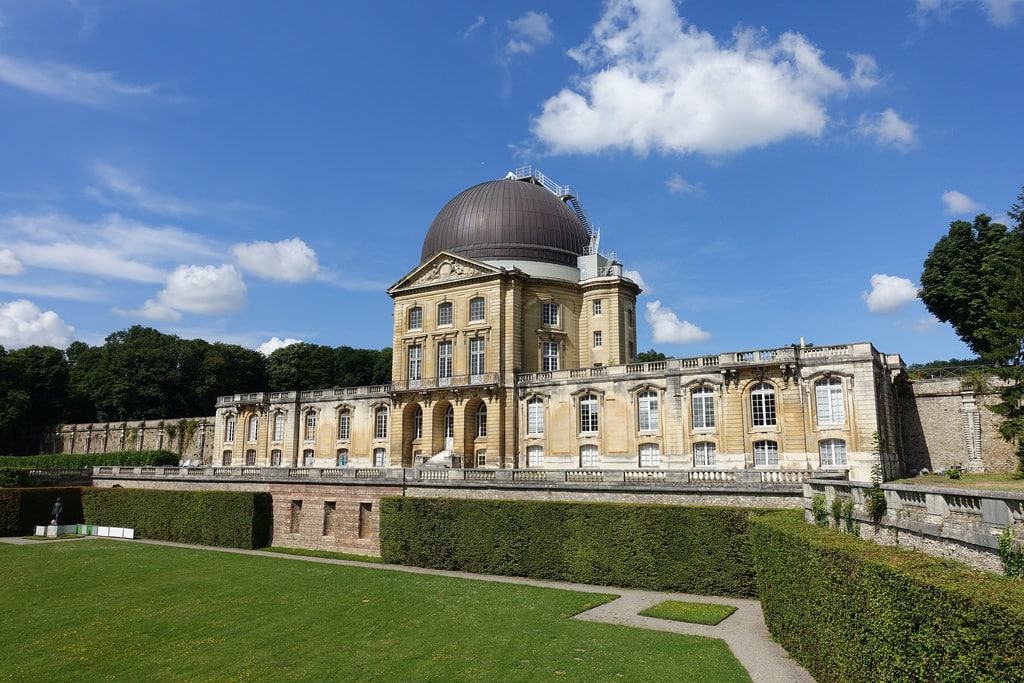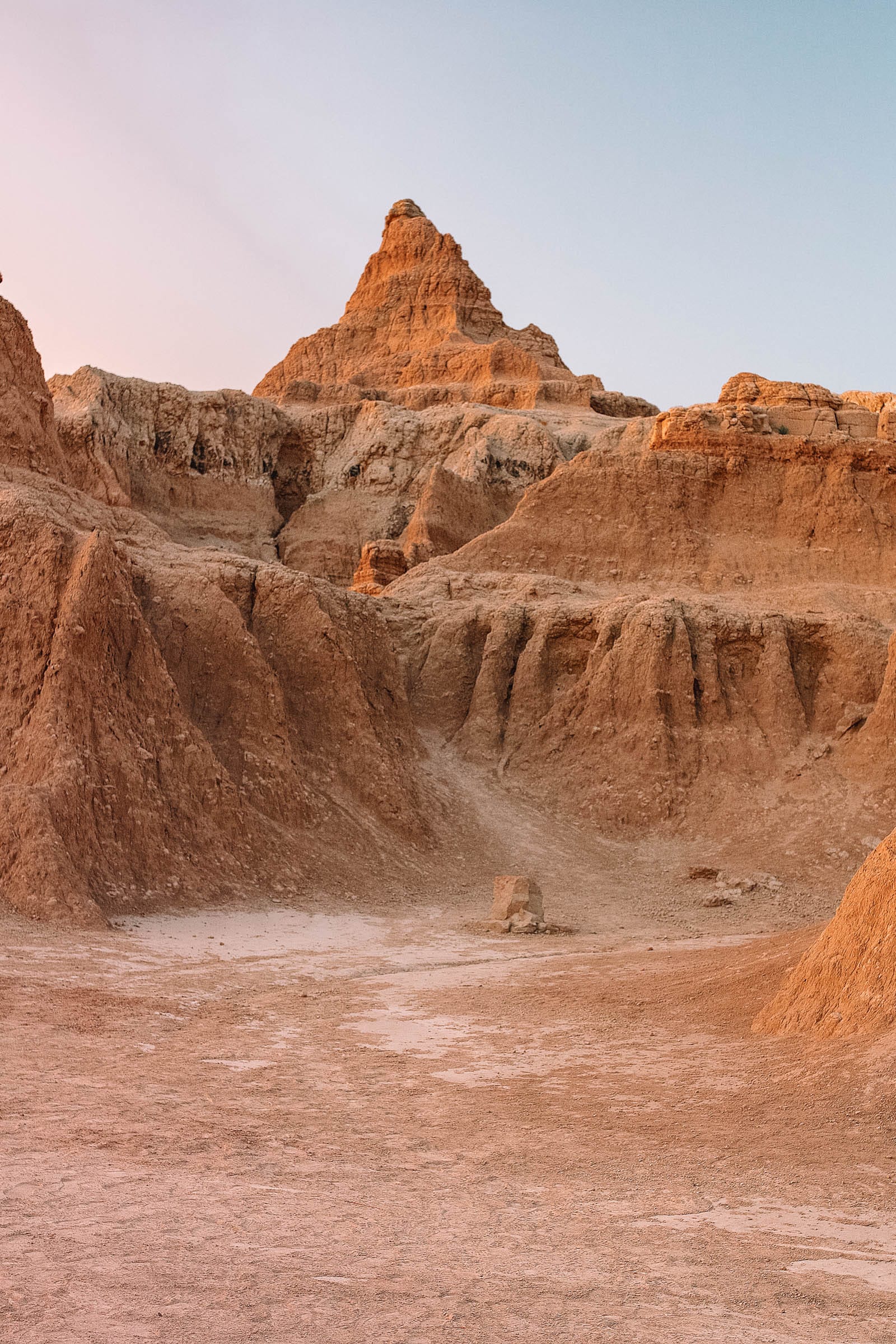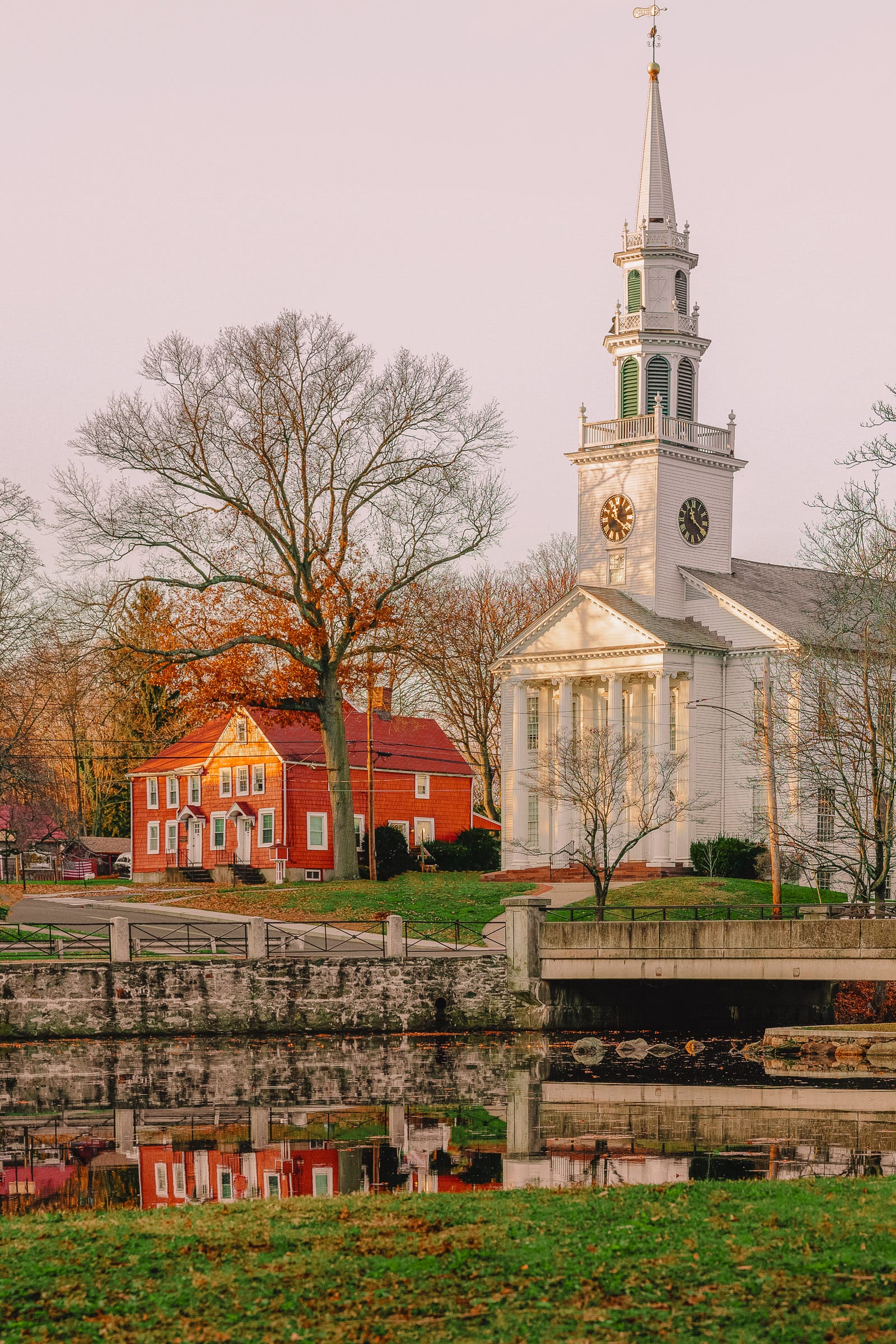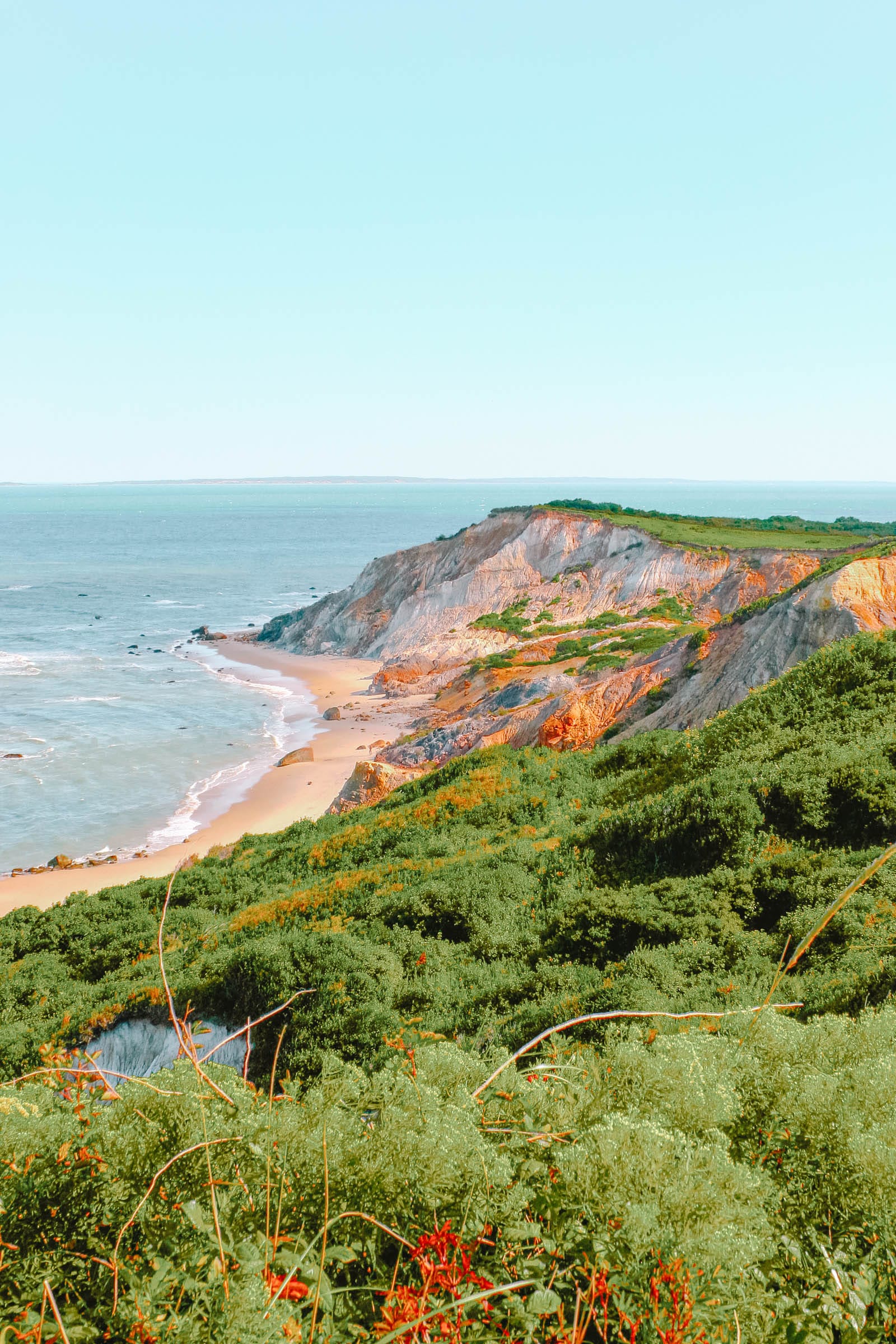Summary of Attractions
Situated between Paris and Versailles, Boulogne-Billancourt serves as a practical option for both transportation and accommodation affordability.
The availability of hotels is often challenged at the end of May during the Roland-Garros tournament or when the football team PSG is hosting significant matches at the Parc des Princes.
The western arrondissements of Paris are easily accessible and include the notable Muséum Marmottan for enthusiasts of Monet, as well as iconic landmarks such as the Eiffel Tower, Bois de Boulogne, and the Champs-Élysées.
However, if one prefers to remain in this upscale suburb on the right bank of the Seine, Boulogne-Billancourt has its own museums, shopping districts, and parks that merit exploration.
Let us delve into the most significant attractions in Boulogne-Billancourt:
1. Musée Albert-Kahn

At the onset of the 20th century, the unconventional Parisian banker and philanthropist aimed to compile “Les Archives de la Planète.” Documenting numerous locations across the globe, Albert Kahn collected 72,000 color photographs and over 180,000 meters of footage.
A significant portion of this collection is exhibited in the museum, alongside insights into the origins of this ambitious endeavor.
Visitors may explore seven landscaped gardens designed in French, English, and Japanese styles.
Furthermore, a Japanese village, which is the oldest segment of the gardens, was established in 1898 following a trip to Japan, and features a tea pavilion where authentic tea ceremonies are conducted.
2. Musée Marmottan

Located just minutes from Boulogne-Billancourt in the 16th arrondissement, this museum houses a collection of more paintings by Claude Monet than any other institution globally.
This collection exceeds 300 works, predominantly donated to the museum by Monet’s second son, Michel Monet, during the 1960s.
Featured in the exhibition are many masterpieces that have significantly influenced global culture, including “Impression, Soleil Levant,” the depiction of the port in Le Havre that inspired the Impressionist movement.
In addition to Monet’s works, the museum showcases pieces by other esteemed Impressionists such as Morisot, Degas, Renoir, Gauguin, and Sisley.
3. Musée des Années Trente

The cultural zenith of Boulogne-Billancourt occurred during the 1930s, an era marked by the flourishing of its film industry and automotive and aerospace manufacturing sectors.
The commune boasts more architectural heritage from this decade than any other French municipality, which is elegantly documented by the Musée des Années Trente.
This museum serves as a compendium of all things related to the 1930s, emphasizing art and design: Exhibitions include works from modernist architects such as Robert Mallet-Steven, Le Corbusier, and Tony Garnier, alongside sculptures, furniture, ceramics, posters, drawings, and paintings.
4. Days Out in Paris

Boulogne-Billancourt is readily accessible via Paris Métro Lines 9 and 10, providing convenient access to the City of Light.
Line 9 is particularly advantageous for sightseers, as it offers quick access to Trocadéro, conveniently located adjacent to the Eiffel Tower.
From that point, the options are virtually limitless: one can stroll along the Seine, visit the Musée d’Orsay for an extensive collection of Impressionist art, enjoy some retail therapy at the Champs-Élysées, or reflect upon The Thinker at the Musée Rodin.
In addition, the area offers a vast array of dining options, both French and international.
At the docks adjacent to Pont de Sèvres in Boulogne-Billancourt, several boat operators provide customized Seine cruises for those seeking a romantic experience.
5. Versailles

By vehicle, the extraordinary city of Versailles is merely a 15-minute drive away and deserves at least a full day of exploration.
The Palace of Versailles, renowned for its breathtaking opulence, symbolizes the Ancien Régime and is an essential visit.
More than 300 years have passed since Louis XIV’s reign, yet the palace continues to astound visitors.
The Sun King and his successors enlisted the foremost architects and artists of their time (Le Vau, d’Orbay, Le Brun, Le Notre) to design and embellish the palace and its magnificent apartments.
The sprawling grounds, along with stables, an orangery, chapels, the Royal Opera, and other residences, including Louis XIV’s Grand Trianon and the Queen’s Hamlet, merit every moment spent therein.
6. Musée Paul-Belmondo

Active during the 20th century, Paul Belmondo is regarded as the last of the remarkable classical sculptors of France.
In 2007, his son Jean-Paul, a famous actor, along with his siblings Muriel and Alain, contributed all of their father’s works to Boulogne-Billancourt.
Their collection includes 259 sculptures, 444 medallions, and nearly 900 drawings.
This esteemed collection is housed within the magnificent Château de Buchillot, constructed in the 19th century by James de Rothschild.
The museum is associated with the Musée des Années Trente, curated by the same individual, and there is a complimentary shuttle service between the two attractions.
7. Parc de Boulogne-Edmond de Rothschild

In 1855, James de Rothschild commissioned the construction of the Château de Rothschild, designed in the Louis XIV style.
The property has hosted notable guests, including composer Frédéric Chopin and French Prime Minister Georges Clemenceau.
However, the property faced challenges during the 20th century, suffering damage and looting during World War II, resulting in decades of neglect.
In the 1970s, 15 hectares of the estate were transformed into a public park, adorned with exotic trees, including Corsican pines, oriental planes, and a purple beech that was planted in the château’s early days.
8. Les Passages

This recently developed shopping center adjacent to the town hall draws inspiration from the 19th-century Passages Couverts in Paris, featuring elegant shopping arcades under wrought iron and glass roofs.
Les Passages mirrors this concept and offers a variety of well-known retail stores, including fnac, Mango, and Zara, alongside dining options, cafes, and a Pathé cinema, all encompassed in a luxurious atmosphere.
The center operates from Monday to Saturday until 20:00, while the surrounding square presents a variety of restaurants and shops, alongside a nostalgic carousel situated amidst the landscaped gardens during the summer months.
9. Sèvres – Cité de la Céramique

The highly esteemed Manufacture Nationale de Sèvres is among Europe’s premier porcelain manufacturers, renowned for producing exquisite ceramics since 1740. Over the years, it has collaborated with several of the finest French ceramists, employing its signature hard-paste porcelain.
The museum of the factory occupies land just across the Seine, reachable via the Pont de Sèvres, and features a collection of 50,000 porcelain items, with about a tenth being invaluable pieces crafted in Sèvres.
The remaining collection encompasses contemporary and antique ceramics sourced from Europe and Asia.
10. Île Seguin

Following years of transformation, this island in the Seine, located south of Boulogne-Billancourt, has forged a new identity.
This site was home to a Renault plant for decades, with the last vehicle rolling off the assembly line in 1992. After the factory closed, the premises remained vacant until its demolition a decade later.
The island is now poised to become a cultural hub for the western suburbs of Paris, with La Seine Musicale at its heart, featuring an array of modern structures including an auditorium designed for symphony orchestras and touring rock and pop artists, in addition to a versatile Grand Salle that accommodates up to 6,000 attendees.
11. Bois de Boulogne

At the northern edge of the town lies the expansive Bois de Boulogne, which, like many parks surrounding Paris, was once designated for royal hunting.
Transitioning to a public park since the mid-1800s, it boasts vast proportions, being more than two and a half times larger than New York’s Central Park.
Within the Bois de Boulogne, various venues and attractions await discovery, which will be elaborated upon in subsequent entries.
Moreover, casual visitors should appreciate the splendid features that date back to its landscaping as part of a massive engineering initiative under Napoleon III in the 1850s.
The principal attractions include the artificial cliffs, grotto, and waterfall of the Grand Cascade.
12. Jardin d’Acclimatation

This amusement park, which first opened shortly after the Bois de Boulogne became public in 1860, offers an array of activities for families. Its old-fashioned innocence is quite charming, featuring pony rides, puppet shows, miniature train rides, as well as carousels and other classic fairground attractions.
The jardin began as a zoo and still accommodates a small menagerie of primarily domestic species that children can interact with, such as goats and donkeys.
Adjacent to it is the recently constructed Fondation Louis Vuitton, a futuristic modern art museum designed by Frank Gehry that hosts temporary exhibitions.
13. Observatoire de Meudon

The southwestern suburbs feature several locales offering magnificent views of the Paris skyline, but none can rival the terrace of the Meudon Observatory.
This facility is part of the Paris Observatory, which operates three locations across the city.
The Meudon branch was established for solar studies and completed in 1876; while its collection of solar photography is intriguing, the primary allure lies in its grounds.
Within its picturesque gardens atop this hill, visitors can observe nearly every notable landmark in Paris, including the Sacré-Cœur.
14. Spectator Sports

Within a few square kilometers, one can find venues for premier tennis, rugby, and football matches.
These include Roland-Garros, site of the French Open in May, Parc des Princes, the home of the prestigious French Ligue 1 team PSG, and Stade Jean-Bouin, where the successful Stade Français rugby team competes.
With regard to prestige, Roland-Garros and the French Open are unmatched; for a fortnight in late May and early June, the elite of the world convene to witness the finest competitors navigating the famed clay courts.
15. Parc de Saint-Cloud

This “Domaine National” is located on the left bank of the Seine, opposite the eastern edge of Boulogne-Billancourt.
Often regarded as one of the most beautiful parks in all of Europe, these gardens provide insight into the region’s history.
Covering over 460 hectares of undulating terrain, the park was once the grounds of the Château de Saint-Cloud, a royal and imperial residence since the 1500s that was favored by Marie Antoinette and Napoleon III. This residence was destroyed by Prussian artillery during the siege of Paris in 1870-71, yet the surrounding gardens have preserved their original charm, having been designed in the 17th century by André Le Nôtre, the landscape architect who contributed to Versailles.




